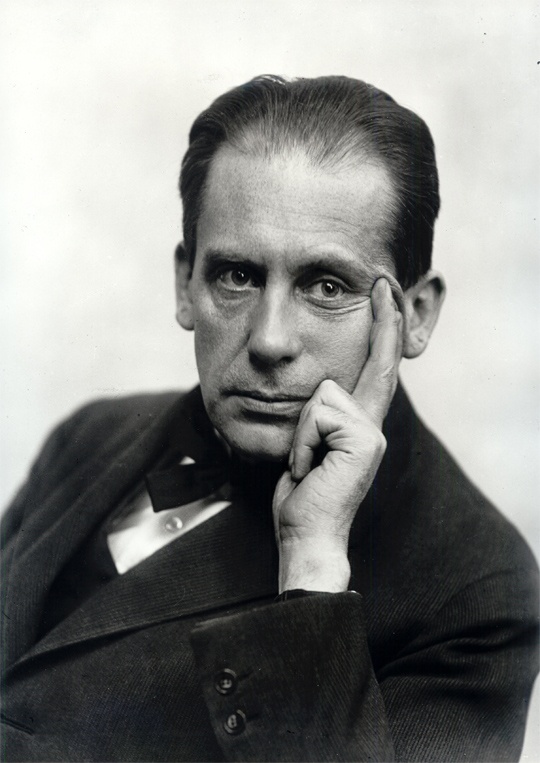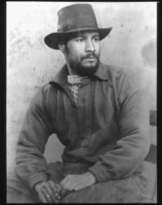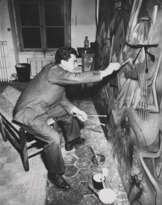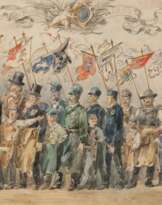Walter Gropius (1883 - 1969)

Walter Gropius
Walter Adolph Georg Gropius was a German-American architect, recognized as one of the founding masters of modern architecture and the pioneer behind the Bauhaus School. Born in Berlin, Gropius was immersed in an environment that nurtured his architectural interests from an early age, thanks to his well-connected family and architect great-uncle, Martin Gropius. His education took him from Munich to Berlin, where he honed his architectural vision, eventually joining the office of Peter Behrens, where he worked alongside future luminaries such as Ludwig Mies van der Rohe and Le Corbusier.
Gropius's early career saw him co-found an architectural practice with Adolf Meyer, with whom he created the Fagus Factory, a landmark in modern industrial architecture that emphasized the form follows function principle and showcased modernist design through its glass curtain walls. This period was marked by his contributions to the Deutscher Werkbund, advocating for the fusion of art with industrial design, and his leadership at the Bauhaus School, where he fostered an interdisciplinary approach to art and design education.
His relocation to the United States led to significant projects, such as the Harvard Graduate Center and the Josephine M. Hagerty House, marking his influence on American architecture and the broader acceptance of International Modernism. Gropius's legacy is not only in his buildings but also in his philosophy of integrating art, design, and architecture, a vision that continues to inspire architects worldwide.
For those interested in exploring the works and impact of Walter Gropius further, visiting exhibitions at museums or galleries that feature his work and the Bauhaus movement can offer deeper insights. Collectors and experts in art and antiques might find his approach to design and architecture particularly enlightening, given its enduring influence on modern and contemporary art.
If you're captivated by the innovation and ideas of Walter Gropius and wish to stay informed about sales, auctions, or exhibitions related to his work, consider signing up for updates. This subscription will ensure you're always in the know about events and opportunities related to this pioneering figure in modern architecture.
| Date and place of birt: | 18 may 1883, Berlin, Germany |
|---|---|
| Date and place of death: | 5 july 1969, Boston, USA |
| Period of activity: | XIX, XX century |
| Specialization: | Architect, Artist, Designer |
| Art school / group: | Bauhaus |
| Art style: | Functionalism, Modern art |















